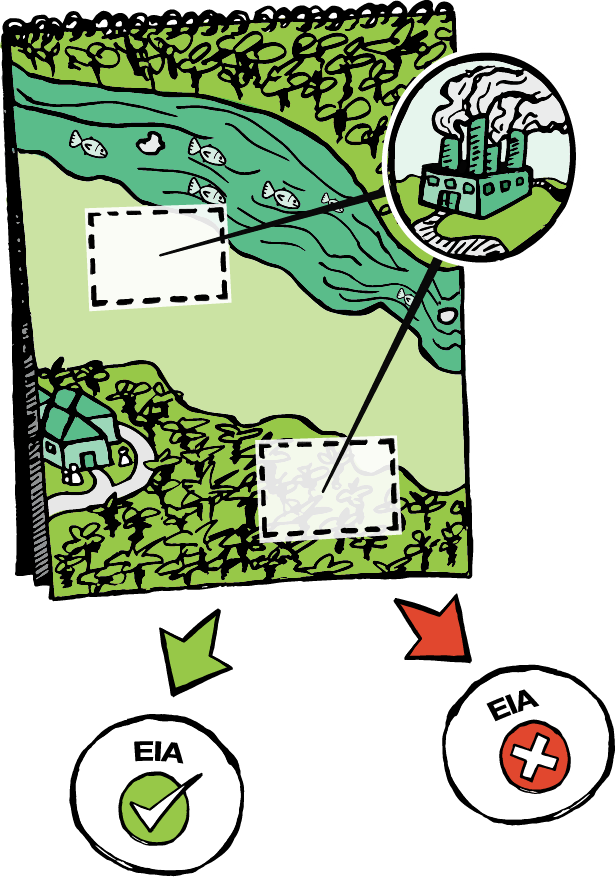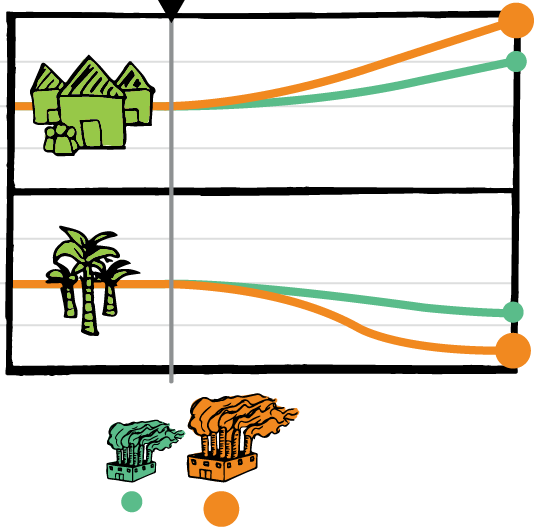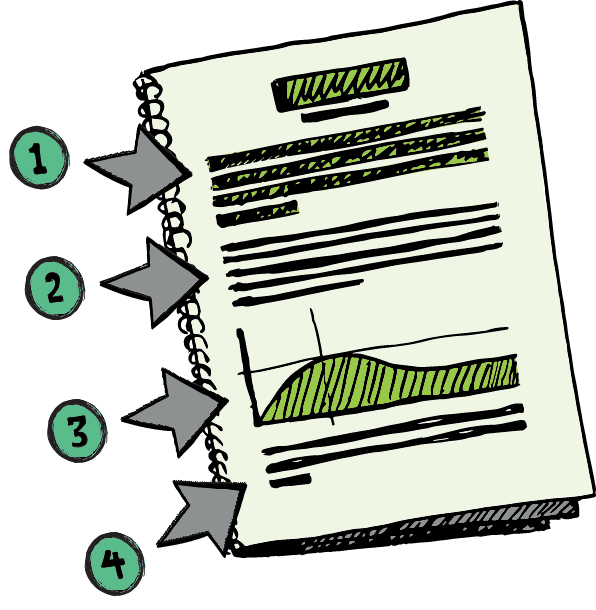
Environmental Impact Assessments is much more than a process for obtaining an environmental permit or licence. It aims to minimize, avoid or offset the environmental and social impacts of a proposed development project. If done properly, it can even promote sustainability in the area where the project is being implemented.
Steps for Conducting an Environmental Impact Assessment

If not - An Environmental Management Plan (EMP) needs to be created and subsequently monitored.
Step 1 - Screening |
|
| Determines whether the environmental and social impacts of a proposed development project would be significant enough to develop an EIA. |  |
Step 2 - Scoping
| Establish the boundaries of the EIA, set the basis of the analyses that will be conducted at each stage, describe the project alternatives and consult the affected public. |  |
Step 3 - Impact Assessment and Mitigation
|
Evaluate the socio-economic and environmental impacts of the planned project and its alternatives, and then identify the mitigation measures to reduce those impacts. |
 |
Step 4 - Impact Management
|
Prepare the plans required for addressing mitigation measures and other project risks, such as technical failures and natural disasters. |
 |
Step 5 - The EIA Report
|
Pulls together all the research and work done during the previous steps into a comprehensive, |
 |
Step 6 - Review and Licensing
|
Designated authorities review the EIA report to determine if the planned project will get a license or if it requires amendments. |
 |
Step 7 - Monitoring
Ensure that the mitigation measures, priorities listed in the EMP, and contingency plans are properly implemented and effectively address the project’s impacts.